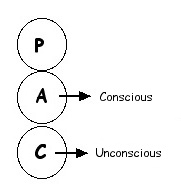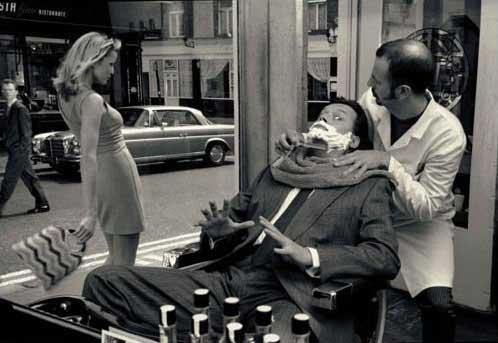I had a supervisee ask the other day about hypnosis. In my early days I did a little bit of hypnosis in the usual sense of the word. Where the person lies on the couch and I wave a watch before their eyes. I found it pretty boring as I would much prefer to talk with people who are awake rather than those who are asleep.
So I have rarely done hypnosis in this way but I would say that I use hypnotic suggestion regularly in the way I communicate with the client. This is where you hypnotise the client and they don’t even know they are being hypnotised.
The more the Adult ego state is involved in communication the less hypnotic communication will go on. A person who has high Adult ego state in their communication will be a poor hypnotic subject. Those who have a lowered Adult ego state will be much more ‘suggestible’ as it is said. They make good hypnotic subjects.
Hypnotic communication occurs when the Adult ego state is distracted or lowered in some way. When this is the case the therapist can communicate more so to the Child ego state or directly into the unconscious of the person.

The therapist is in some way wanting to circumvent or by pass the Adult ego state and communicate directly with the unconscious which is one aspect of the Child ego state. If achieved one has a powerful mode by which to communicate and make therapeutic interventions.
I don’t want to give away too many of my trade secrets so I will start with an example that is a naturally occurring form of hypnotic communication. Modelling behaviour. Yes as simple as that.
Many years ago when I was a young trainee therapist I was getting some peer group supervision. That means I sit with a person who has agreed to be a client and work on a personal issue of theirs. The supervisor sits there watching you and makes comments. A great way to learn how to do therapy even if it can be a bit daunting because you have absolutely no where to hide. Most often trainees will do an oral presentation of a client or even present an audio or video tape. Of course all that is censored by the trainee who selects the parts to be listened to. Many trainee therapists simply never do peer group supervision as they find it too daunting as I mentioned above.

On one occasion the supervisor made a statement to me that I clearly remember to this day. He said, “You do a lot of self grooming”. This surprised me as I had been not aware of it at all. Over the years I have observed myself as a therapist and I do indeed do a lot of self grooming. A whole array of hand movements rubbing together, rubbing or scratching my arms, scratching my head, rubbing my chin and neck with my hands, playing with my ears, and so on. By no means excessively so but it definitely is there.
There is one particular idiosyncratic movement that I do with my fingers and guess what, over the years I have watched many a client doing exactly the same self grooming movement or some variant of it. By doing this I have been able to directly tap into the clients unconscious.
The client and I sit there talking in our Adult ego states and thus the Adult is distracted. At the same time I am communicating self grooming behaviour to the client through my own unconscious behaviour. That communication from me is going directly into the client’s unconscious because the Adult is being occupied elsewhere. It is a form of hypnotic communication.

Distracted Adult ego state
What is self grooming? It is the Nurturing Parent ego state looking after the Child ego state. It is the person giving self non verbal positive strokes. If a person does this what happens? Their sense of self worth goes up and their self esteem goes up. And of course because it is an hypnotic communication the stroke filter is non existent.
As it sit with the client they are giving self 50 unfiltered physical positive strokes per session. That is a very good thing from a therapeutic point of view. However it’s not just a matter of sitting back and letting it happen I am afraid. This unconscious communication whilst inevitable between any two people can vary greatly in the amount of material taken on by the imitator.
Generally speaking the more psychologically important the other is the more unconscious material will be communicated by this means. If the therapist is perceived as very important then there can be a great deal of hypnotic suggestion and thus the client will take on a considerable amount of information this way. If the therapist is perceived as not having much psychological potency then there will be minimal hypnotic suggestion like this.

Self grooming gives lots of positive strokes
What is such potency and how do you get it is a vexed question. Many have sought to define it and clear definition still remains elusive. It’s like the ‘X’ factor that is talked about with singers and musicians. Hard to articulate what it is but you know when it is there and when it’s not.
Anywise that is for another post as are the other means by which hypnotic suggestions can be made to a client. How to bypass the conscious Adult and communicate directly with the client’s unconscious.
Graffiti


0 comments:
Post a Comment